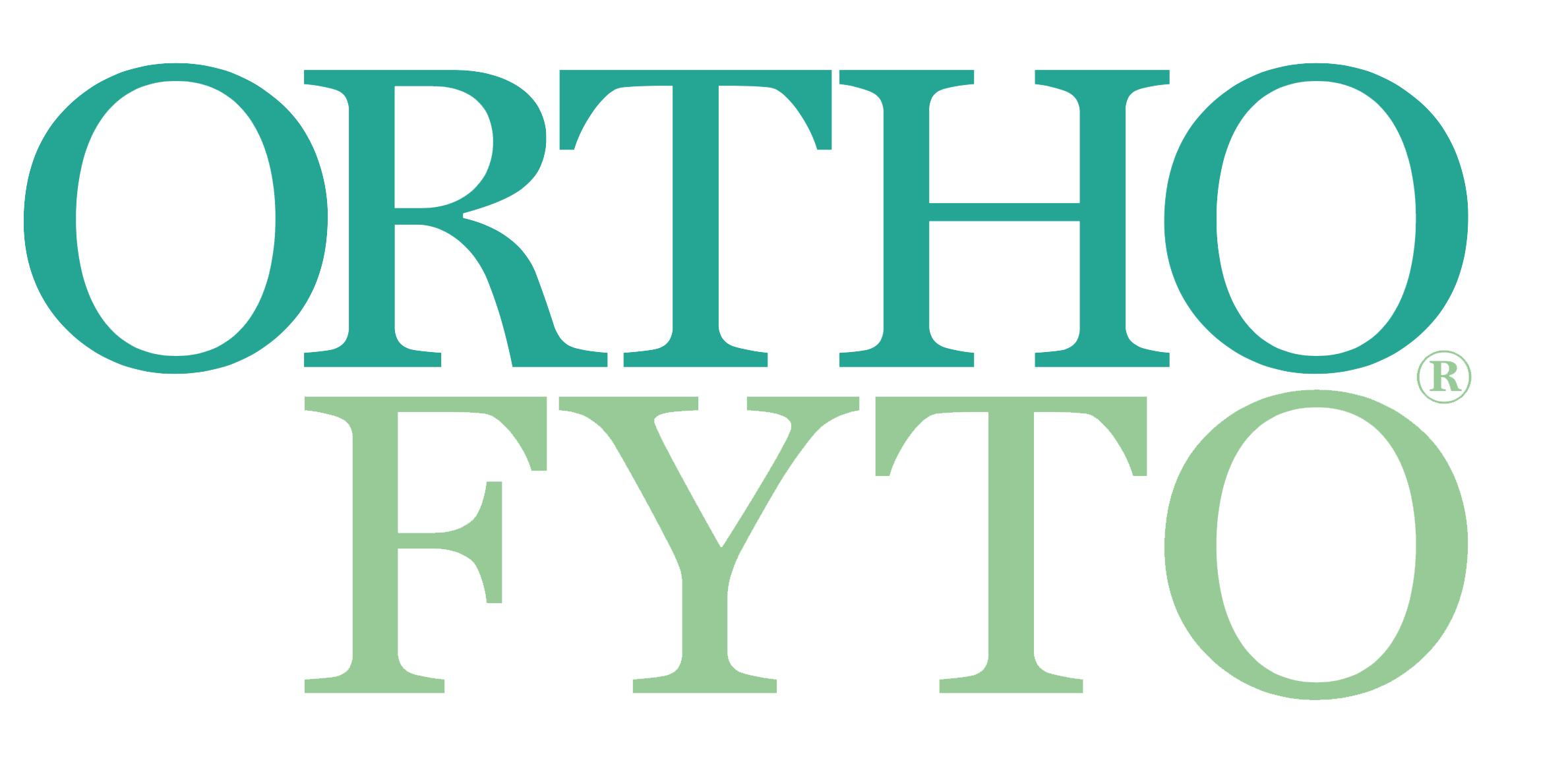De invloed van de galzuurstofwisseling op hart– en vaatziekten
06 Feb, 2024
Door Frauke A. Depauw
Over onze lever en galblaas wordt vaak wat stiefmoederlijk gedaan, maar steeds meer onderzoek toont aan dat deze organen niet alleen een uiterst belangrijke functie hebben voor onze spijsvertering en ontgifting, maar ook een rol spelen bij de ontwikkeling van cardiovasculaire aandoeningen. Er blijkt een nauw verband te bestaan tussen de concentratie en types van galzuren en het al dan niet ontwikkelen van een cardiovasculaire aandoening, met het darmmicrobioom als verbindende kracht.
Door het reguleren van de galzuurvoorraad, bevordert het darmmicrobioom het onderhoud en de vernieuwing van de darmbarrière en regelt ze de rijping van de aangeboren en adaptieve immuunreacties van de gastheer.1 Op deze manier is de wisselwerking tussen galzuren en darmmicrobioom nauw betrokken bij heel wat aandoeningen. Dat geldt niet alleen bij voor de hand liggende aandoeningen, zoals darmdysbiose, inflammatie en PDS, maar ook voor cardiovasculaire aandoeningen.2,3,4 Dit laatste zullen we in dit artikel bespreken aan de hand van de laatste wetenschappelijke inzichten.
Lees het gehele artikel vanaf pagina 38 in OrthoFyto 1/24.
Wilt u het gehele artikel als PDF bestand ontvangen? Bestel het dan hier voor € 3,50.
Bronvermelding:
1. Levy M, Blacher E, Elinav E. Microbiome, metabolites and host immunity. Curr Opin Microbiol. 2017;35:8–27.
2. Kuipers, F.; Bloks, V.W.; Groen, A.K. Beyond intestinal soap—Bile acids in metabolic control. Nat. Rev. Endocrinol. 2014,10, 488–498.
3. Porez, G.; Prawitt, J.; Gross, B.; Staels, B. Bile acid receptors as targets for the treatment of dyslipidemia and cardiovascular disease. J. Lipid Res. 2012, 53, 1723–1737.
4. Yntema, T.; Koonen, D.P.Y.; Kuipers, F. Emerging Roles of Gut Microbial Modulation of Bile Acid Composition in the Etiology of Cardiovascular Diseases. Nutrients 2023, 15, 1850.
5. Nguyen, C., Duboc, D., Rainteau, D. et al. Circulating bile acids concentration is predictive of coronary artery disease in human. Nature Sci Rep 11, 22661 (2021).
6. Qi Lu, Junxiang Chen, Limiao Jiang, Tingting Geng, Shufan Tian, Yunfei Liao, Kun Yang, Yan Zheng, Meian He, Huiru Tang, An Pan, Gang Liu (2023). Gut microbiota-derived secondary bile acids, bile acids receptor polymorphisms, and risk of cardiovascular disease in individuals with newly diagnosed type 2 diabetes: a cohort study. The American Journal of Clinical Nutrition.
7. Li, W. et al. Fasting serum total bile acid level is associated with coronary artery disease, myocardial infarction and severity of coronary lesions. Atherosclerosis 292, 193–200 (2020).
8. Mayerhofer C, Ueland T, Broch K, Vincent RP, Cross GF, Dahl CP, et al. Increased Secondary/Primary Bile Acid Ratio in Chronic Heart Failure. J Card Fail, 2017;23:666-671.
9. Charach, G.; Grosskopf, I.; Rabinovich, A.; Shochat, M.; Weintraub, M.; Rabinovich, P. The association of bile acid excretion and atherosclerotic coronary artery disease. Ther. Adv. Gastroenterol. 2011, 4, 95–101.
10. Charach, G.; Karniel, E.; Novikov, I.; Galin, L.; Vons, S.; Grosskopf, I.; Charach, L. Reduced bile acid excretion is an independent risk factor for stroke and mortality: A prospective follow-up study. Atherosclerosis 2020, 293, 79–85.
11. Charach, G.; Argov, O.; Geiger, K.; Charach, L.; Rogowski, O.; Grosskopf, I. Diminished bile acids excretion is a risk factor for coronary artery disease: 20-year follow up and long-term outcome. Ther. Adv. Gastroenterol. 2018, 11, 1756283X17743420.
12. Bustos AY, Font de Valdez G, Fadda S, Taranto MP. New insights into bacterial bile resistance mechanisms: the role of bile salt hydrolase and its impact on human health. Food Res Int 2018; 112:250–262.
13. Song, Z.; Cai, Y.; Lao, X.; Wang, X.; Lin, X.; Cui, Y.; Kalavagunta, P.K.; Liao, J.; Jin, L.; Shang, J.; et al. Taxonomic profiling and populational patterns of bacterial bile salt hydrolase (BSH) genes based on worldwide human gut microbiome. Microbiome 2019, 7, 9.
14. Jia, B.; Park, D.; Hahn, Y.; Jeon, C.O. Metagenomic analysis of the human microbiome reveals the association between the abundance of gut bile salt hydrolases and host health. Gut Microbes. 2020, 11, 1300–1313.
15. Koren, O.; Spor, A.; Felin, J.; Fåk, F.; Stombaugh, J.; Tremaroli, V.; Behre, C.J.; Knight, R.; Fagerberg, B.; Ley, R.E.; et al. Human oral, gut, and plaque microbiota in patients with atherosclerosis. Proc. Natl. Acad. Sci. USA 2011, 108 (Suppl. S1), 4592–4598.
16. Aprikian O, Busserolles Jrm, Manach C et al. Lyophilized apple counteracts the development of hypercholesterolemia, oxidative stress, and renal dysfunction in obese Zucker rats. J Nutr 2002;132, 1969–1976.
17. Huang J, Feng S, Liu A et al. Green tea polyphenol EGCG alleviates metabolic abnormality and fatty liver by decreasing bile acid and lipid absorption in mice. Mol Nutr Food Res 2018;62, 1700696.
18. Guo J, Han X, Tan H et al. Blueberry extract improves obesity through regulation of the gut microbiota and bile acids via pathways involving FXR and TGR5. iScience 2019;19, 676–690.
19. Anhê FF, Nachbar RT, Varin TV et al. Treatment with camu camu (Myrciaria dubia) prevents obesity by altering the gut microbiota and increasing energy expenditure in diet-induced obese mice. Gut 2019;68, 453–464.
20. Öner Ö, Aslim B, Aydaş SB. Mechanisms of cholesterol-lowering effects of lactobacilli and bifidobacteria strains as potential probiotics with their bsh gene analysis. J Mol Microbiol Biotechnol 2014;24, 12–18.
21. Pushpass, R., Alzoufairi, S., Jackson, K., & Lovegrove, J. Circulating bile acids as a link between the gut microbiota and cardiovascular health: Impact of prebiotics, probiotics and polyphenol-rich foods. Nutrition Research Reviews, 2022; 35(2), 161-180.
22. Liu TT, Wang J, Liang Y, Wu XY, Li WQ, Wang YH, Jing AR, Liang MM, Sun L, Dou J, Liu JY, Liu Y, Cui Z, Gao J. The level of serum total bile acid is related to atherosclerotic lesions, prognosis and gut Lactobacillus in acute coronary syndrome patients. Ann Med. 2023 Dec;55(1):2232369.
